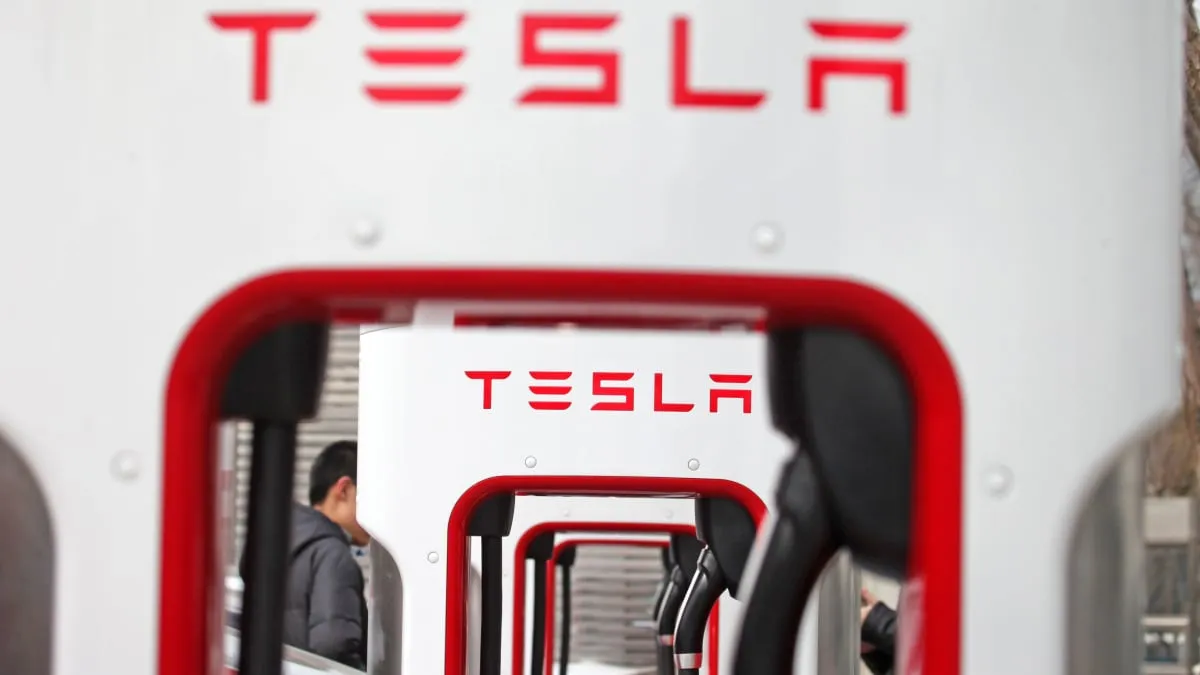Understanding Tesla's Slow Supercharger Rollout for Other Electric Vehicles

Tesla's Supercharger Rollout: Challenges and Delays
Tesla's Supercharger network was anticipated to open up for other electric vehicles (EVs) over a year ago. However, as we reach August 2024, the majority of non-Tesla EVs remain unable to utilize Supercharger stations. The underlying reason for this slow rollout stems from significant delays in software and hardware integration. Each non-Tesla EV requires both updated software and a specialized physical adapter to connect to a Supercharger, yet progress on these fronts has proven to be painstakingly slow.
Speculations and Concerns
Compounding this issue, speculation regarding Elon Musk's intentions has arisen. The New York Times reported that uncertainties linger about whether the slow pace is a calculated move by Musk, who may fear that enabling other automakers to utilize the Supercharger network could draw customers away from Tesla, especially as competition in the EV market intensifies. Recently, the company hinted at increasing Supercharger production— a sign of potential progress.
Impact on EV Buyers
The accessibility of Tesla Superchargers for other EVs is crucial, as charge anxiety is a significant barrier for many potential electric car buyers. A larger charger network would alleviate these concerns. Nevertheless, various car manufacturers are struggling to meet deadlines for software updates and secure the necessary adapters. Adding to the complications, Tesla recently faced staffing changes, reportedly firing 500 employees from the Supercharger team, which surely affects operational efficiency.
As Tesla navigates these hurdles, the industry's future with the Supercharger rollout remains uncertain but vital for wider electric vehicle adoption.
This article was prepared using information from open sources in accordance with the principles of Ethical Policy. The editorial team is not responsible for absolute accuracy, as it relies on data from the sources referenced.